
Roots
Across generations, from the sun-drenched plains to the dense forests, hair has always held a voice. Its language speaks of lineage, of belonging, of the very spirit animating a person. We consider the strands that crown our heads, recognizing they are more than mere protein structures; they are living archives, whispering stories passed through time.
How did those who walked before us truly discern and differentiate the myriad forms hair can take? This inquiry leads us not to rigid scientific formulas, but to the deep well of cultural meaning and communal wisdom, where classification was a feeling, a knowing, a visual poem.
In ancient times, particularly within communities whose ancestry traces to the African continent, the classification of hair texture was rarely a sterile exercise in biological categorization. Instead, it was an organic perception deeply entwined with social order, spiritual belief, and the continuum of existence itself. Hair was not simply fine or coarse, coiled or wavy; it declared one’s station, one’s history, even one’s aspirations.
A person’s hair, by its very presentation, could mark their age, their marital condition, their familial group, or their standing within a community. This intricate system stood in stark contrast to later, more rigid attempts at classifying human diversity.
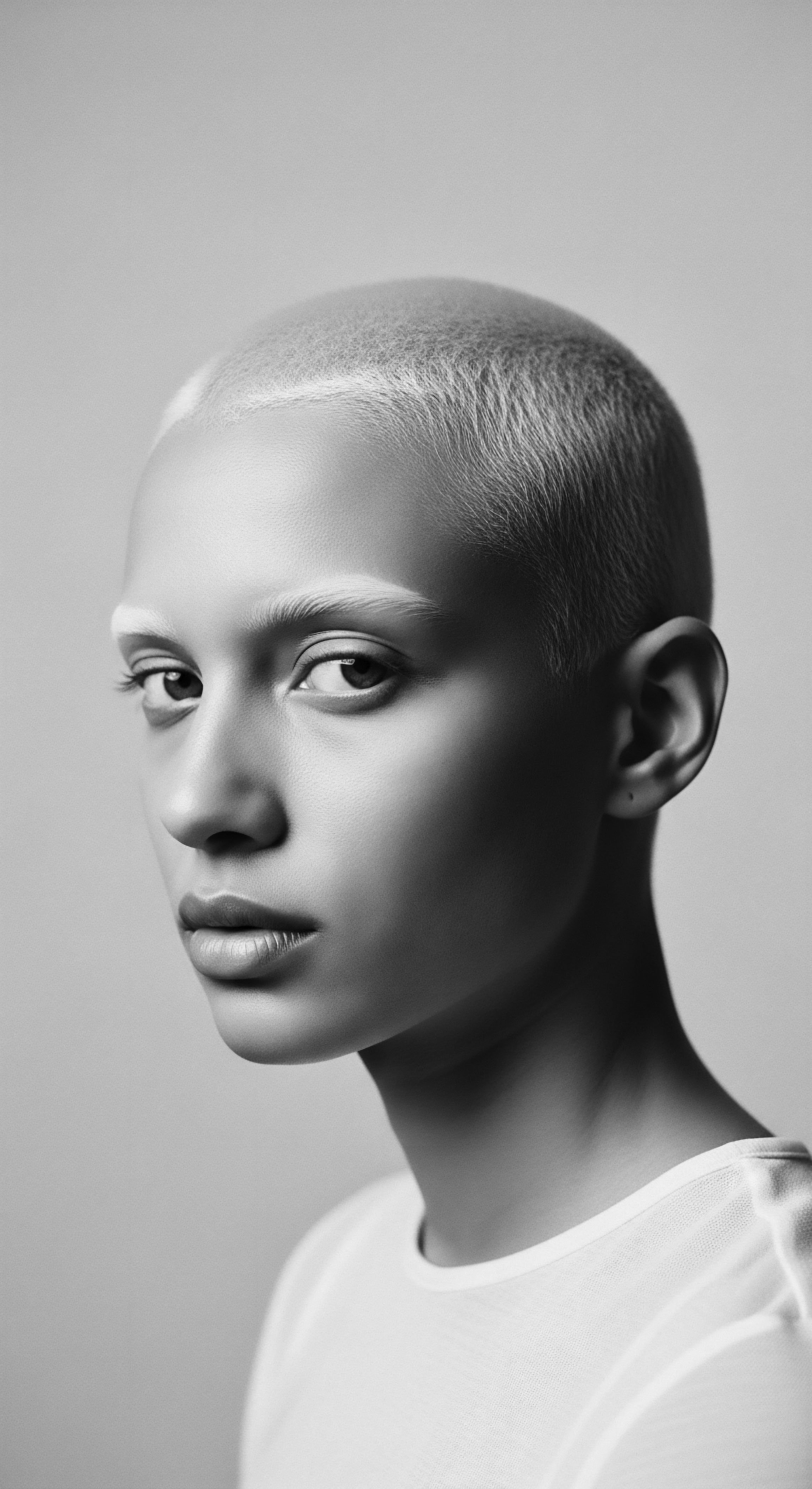
The Ancestral Understanding of Hair
Ancient peoples, especially those in Africa, lived in a profound connection to their surroundings. Their observations of hair were holistic, encompassing not just its physical characteristics but its growth patterns, its response to moisture, and its behavior when styled. They understood, intimately, that diverse hair structures demanded distinct methods of tending.
The ways in which hair coiled, twisted, or lay flat were not seen as fixed, static categories, but as dynamic attributes, responding to care and environment. The very adaptability of textured hair was a quality respected and worked with.
The physical variations of hair were noticed, certainly. Some strands held a tighter curl, others a looser wave, and yet others, a more fluid, straight form. However, these observations did not lead to a formal, hierarchical system of “hair types” as modern beauty culture sometimes presents.
Rather, distinct forms of hair were understood as expressions of human diversity, each with its own inherent strengths and beauty. This perception stood in stark contrast to later systems that would seek to rank textures, often with harmful implications.
Ancient communities classified hair through a lens of social meaning and spiritual connection, allowing its appearance to speak of identity and belonging rather than strict biological categories.

Challenging Conventional Frameworks of Hair Categorization
It warrants acknowledging that modern hair typing systems, particularly those that gained prominence in the 20th century, carry a troubled history. While seemingly benign now in their application within contemporary hair care, their origins sometimes lie in problematic attempts to categorize human populations based on physical characteristics. For instance, early 20th-century physical anthropology sought to differentiate human groups, with hair characteristics serving as a supposed key to “racial distinctions.” Blumenbach’s system, for example, classified human “varieties” partly based on hair.
A particularly striking instance of this harmful classification comes from the early 1900s. Eugen Fischer, a German anthropologist, developed a “hair gauge” intended to determine Namibians’ proximity to whiteness based on their hair texture. This was not a pursuit of scientific understanding for holistic wellness, but a tool within racist ideologies aimed at racial categorization. This historical example illuminates how attempts to classify hair texture, divorced from ancestral reverence and cultural context, could become instruments of oppression, shaping societal attitudes that perpetuated inequality and discrimination, particularly against Black communities.
This history reminds us that while we seek to understand ancient ways of discerning hair forms, we must always approach contemporary classification with a critical eye, recognizing the shadow of a past where hair was weaponized as a marker of perceived inferiority. The shift from ancestral understanding, rooted in community and reverence, to reductionist, often discriminatory, scientific classification stands as a stark lesson in our textured hair heritage.
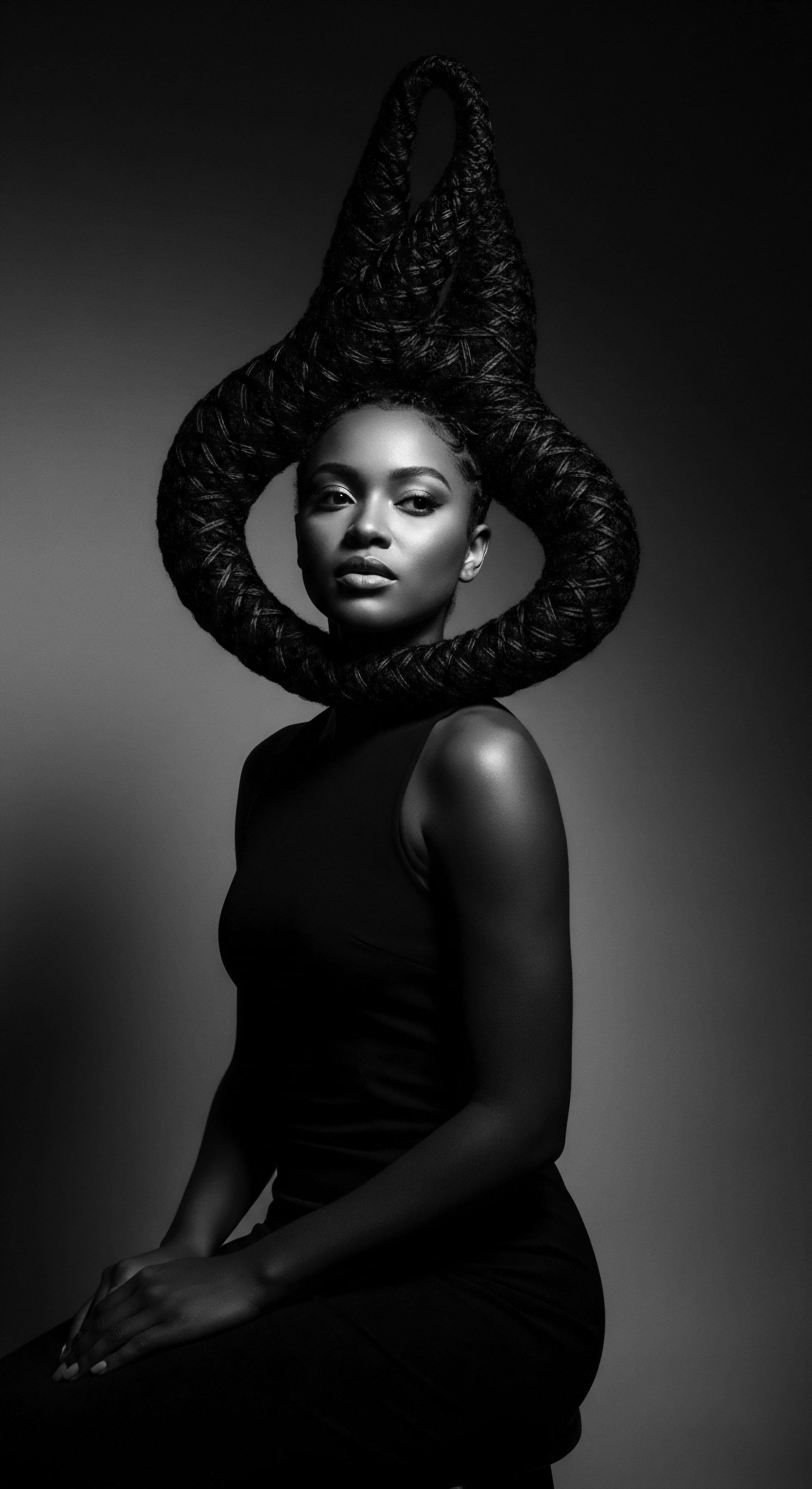
Ritual
From the foundational perception of hair as a living extension of self, we move to the vibrant arena of its styling and adornment. Ancient communities, rather than having a codified chart for hair texture, possessed a deep, intuitive recognition of hair’s characteristics, which directly shaped their styling traditions and ritualistic practices. Their “classification” was practical, functional, and imbued with symbolic weight, allowing a strand to tell a story. The methods and tools used were not random; they were tailored expressions of how they discerned hair’s unique language and how it would best hold a shape, a blessing, or a declaration of social standing.
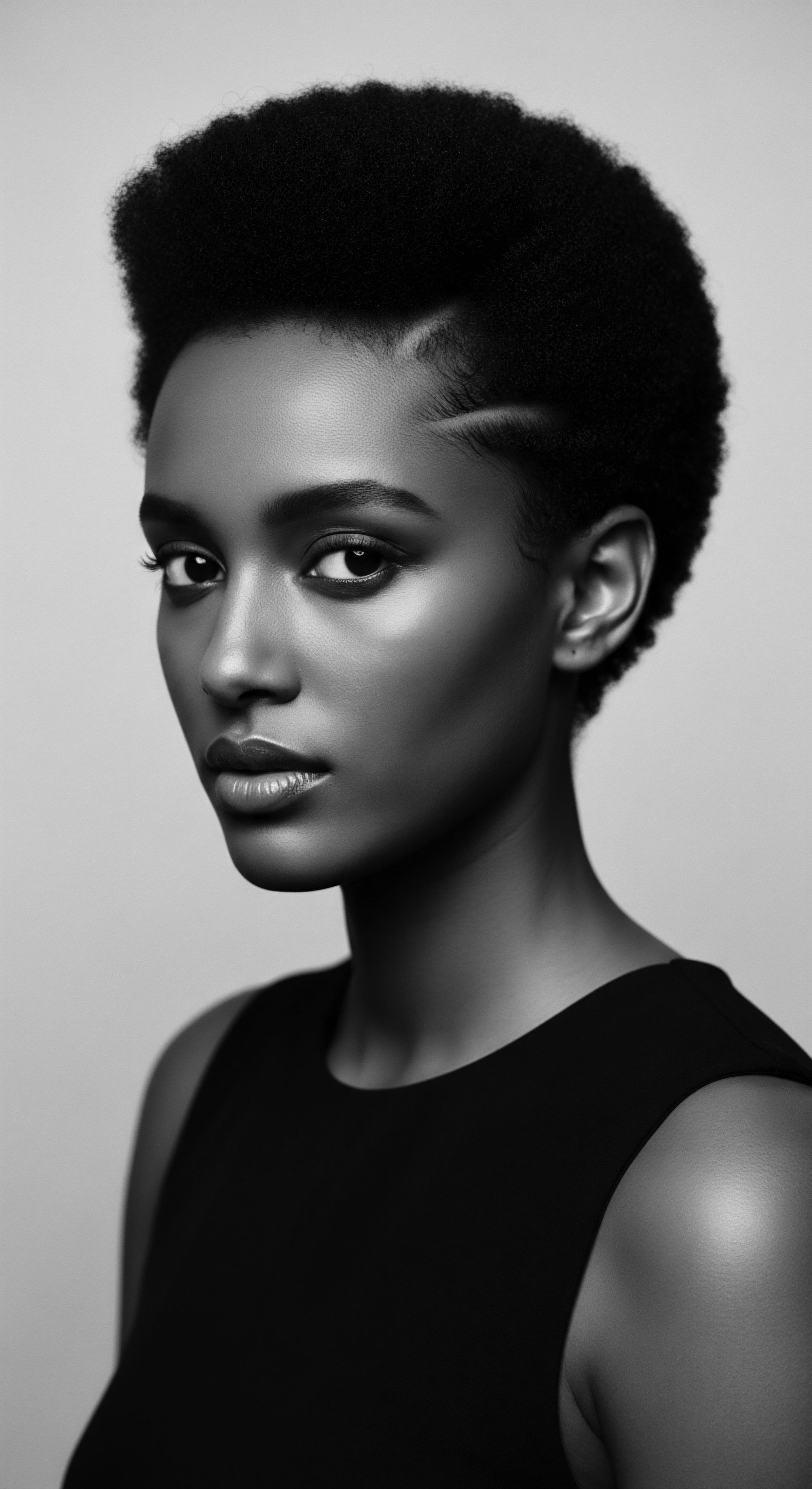
Cultural Cartographies of Coils
Across the African continent, styling was, and remains, an art form, a communal gathering, and a silent conversation. The way hair behaved under nimble fingers dictated the possibilities. For instance, the tight coils and spirals of many West African hair types lent themselves beautifully to intricate braiding patterns and threading techniques that could not be achieved with other textures.
These styles, whether Ìrun Dídì (cornrows) or Ìrun Kíkó (hair threading) among the Yoruba people of Nigeria, were not merely decorative. They were profound visual texts.
Consider the Yoruba concept of Kolésè, a style where cornrows ran from the front of the head to the back, with the ends springing up naturally. This style was not only named for the physical behavior of coily hair that would not lie flat but also symbolized natural beauty and a deep connection to one’s lineage. It was a recognition of hair’s inherent form, transformed into a cultural statement. This shows an implicit classification ❉ “this hair acts this way, and therefore we will style it in a way that honors its nature and tells a particular story.”
- Ìrun Dídì ❉ The Yoruba term for cornrows, a fundamental braiding technique where hair is plaited close to the scalp, often forming geometric or symbolic patterns.
- Ìrun Kíkó ❉ Known as hair threading, a traditional Yoruba method involving wrapping sections of hair with thread to create diverse shapes and protective styles, dating back to the 15th century.
- Shuku ❉ A prominent Yoruba style where braids create a raised, basket-like form atop the head, often worn by young women or brides to convey sophistication.

The Grandiosity of Ancient Egyptian Styles
In ancient Egypt, hair practices were distinct, yet equally tied to social standing and aesthetics. While depictions show various hair forms, including wavy, straight, and coiled, the elite often favored elaborate wigs. These wigs, crafted from human hair, wool, or plant fibers, were skillfully constructed to achieve certain looks—whether a voluminous bob or a tripartite arrangement of separate sections. The distinction here was not necessarily how their natural hair was classified by texture, but rather how its ability to be hidden or augmented under these grand artificial coiffures communicated wealth and status.
Ancient styling rituals were practical applications of hair classification, transforming natural texture into visual narratives of social identity and cultural belonging.
Slaves were often tasked with tending to the hair of the wealthy, their own hair frequently cut short to mark their lower status. This use of hair as a marker of social hierarchy speaks to a classification that transcended mere texture, imbuing hair with a powerful, visible language of status and power dynamics within the community. The very absence of elaborate styling, or the presence of a shaven head (common for children, priests, or servants), signaled a different position within the social structure.
| Community or Region Ancient West Africa (Yoruba) |
| Hair Presentation or Style Intricate braids, threaded styles (e.g. Shuku, Kolésè) |
| Indicated Social Aspect Age, marital status, wealth, social standing, tribal identity, spiritual connection. |
| Community or Region Ancient Egypt (Elite) |
| Hair Presentation or Style Elaborate wigs (human hair, wool, plant fibers) |
| Indicated Social Aspect Wealth, social status, religious devotion, power. |
| Community or Region Ancient Egypt (Commoners/Slaves) |
| Hair Presentation or Style Shorter hair, shaven heads |
| Indicated Social Aspect Lower social status, servitude. |
| Community or Region Ancient Rome (Upper Class) |
| Hair Presentation or Style Complex, often unnatural coiffures, wigs, hairpieces |
| Indicated Social Aspect Wealth, cultural sophistication, influence. |
| Community or Region Ancient Rome (Barbarians/Some Men) |
| Hair Presentation or Style "Natural" styles, untidy long beards |
| Indicated Social Aspect Lack of culture (from Roman perspective), low status, mourning, philosophy. |
| Community or Region Hair across these ancient civilizations served as a visible code, translating a person's standing, beliefs, and affiliations through its deliberate presentation. |

How Did Adornments Add to Hair’s Story?
The tools and adornments used with hair were also integral to this ancient, visual classification system. Combs, pins, beads, cowrie shells, and even specific types of thread were not merely functional. They were extensions of the hair’s message. In many African cultures, beads and cowrie shells worked into braids or threaded styles conveyed wealth and femininity.
The very materials used, whether precious metals in Egypt or natural resources in West Africa, communicated the wearer’s access to resources and their place in the social fabric. This reveals a form of classifying individuals not by hair texture alone, but by the elaborate, culturally specific ways their hair, whatever its inherent texture, was presented.

Relay
The echoes of ancient ways, where hair classification was less about biological granularity and more about communal belonging, continue to resonate deeply within our textured hair heritage. The wisdom of those past generations, who understood hair through the lens of its story, its adaptability, and its ability to connect individuals to the collective spirit, shapes the very bedrock of holistic care today. This understanding provides a counter-narrative to reductive modern systems, allowing us to see hair not as a problem to be solved based on a number, but as a living legacy to be honored.
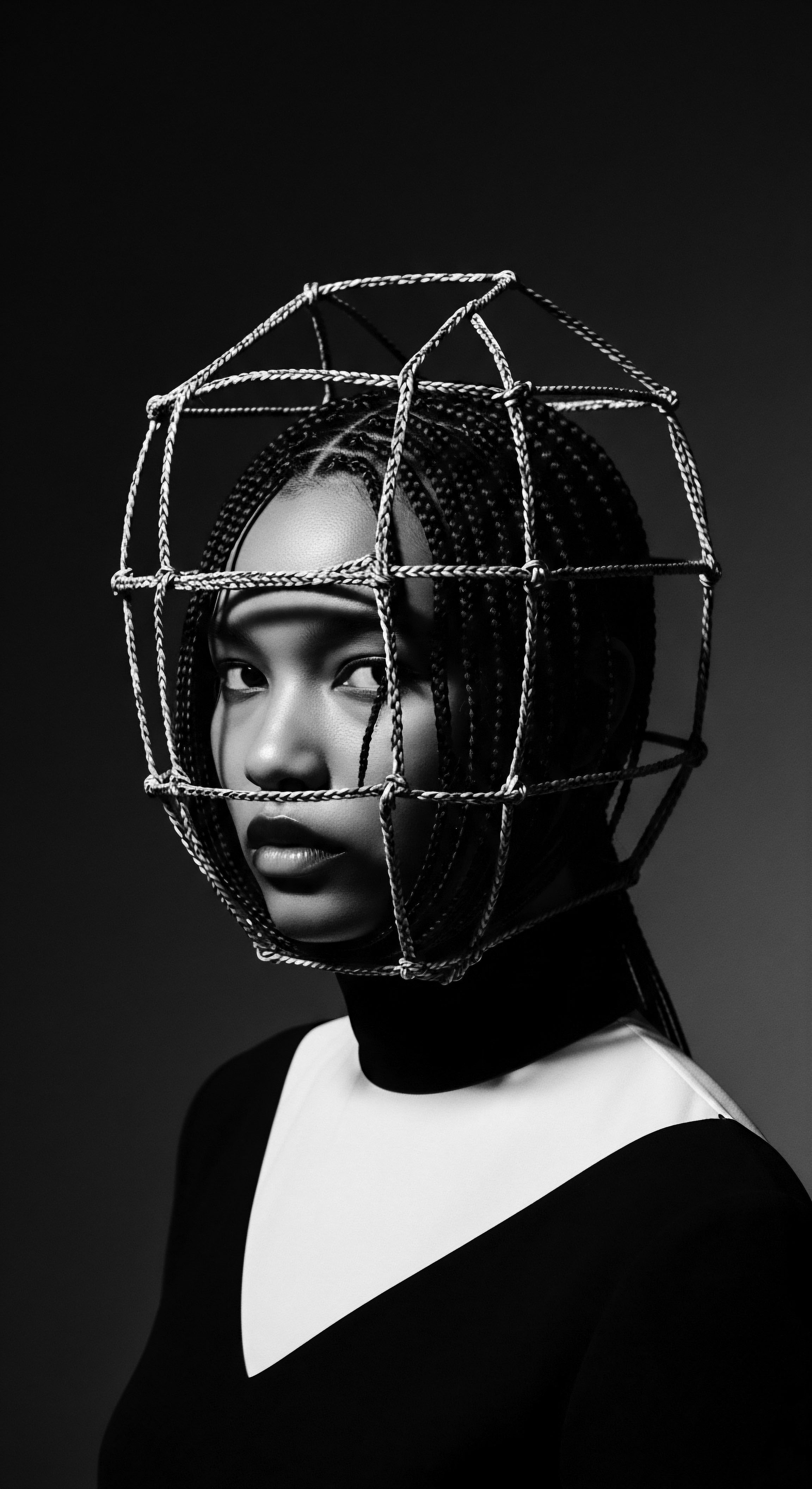
Ancient Wisdom Shaping Modern Care?
The concept of “care” in ancient communities was often inseparable from ritual and spiritual practice. Hair was seen as a conduit, a spiritual antenna, requiring gentle attention and specific ingredients. For many West African traditions, hair was believed to carry a person’s spiritual essence, with rituals performed around significant life events.
The Yoruba people, for example, considered the head and hair of such importance that caring for them was believed to bring good fortune. This perspective guided their methods of care, emphasizing natural components and protective styles that respected the hair’s natural inclinations.
These ancestral approaches inform contemporary textured hair care philosophies. The emphasis on moisturizing, protecting, and working with the hair’s natural pattern is a direct lineage from these older methods. Ancient Africans used natural oils such as shea butter and coconut oil to moisturize and protect hair. This traditional knowledge is a testament to an intuitive, experience-based “classification” that guided practical care, recognizing what specific hair structures needed to thrive without resorting to formal categorizations.
Ancestral hair care, rooted in spiritual reverence and deep natural observation, prioritizes holistic wellness and a respectful relationship with hair’s unique, inherited patterns.

How Did Historical Practices Address Hair Health Concerns?
Ancient communities also addressed hair concerns, such as hair loss or dryness, through remedies derived from their environment and passed down through generations. Ancient Egyptian texts, such as the Ebers Papyrus (dating back to 1550 BCE), list remedies for baldness and graying hair, often utilizing various oils and plant extracts. While the efficacy of all these remedies is debatable by modern scientific standards, their existence speaks to a clear awareness of hair health and a systematic approach to its care, even if not explicitly categorizing hair types by modern scales.
The practices reveal an implicit understanding of different hair conditions and their perceived needs. For instance, the use of beeswax to stiffen wigs in Egypt suggests an awareness of how different substances interact with hair fibers to achieve desired looks and durability. The varied approaches—from the softening oils of African traditions to the structured wigs of Egyptian elites—all signify an understanding of hair’s properties and how to manipulate them for both aesthetic and practical purposes. This knowledge formed their system of ‘classification’ for care, tailored by observation and tradition.
One notable traditional practice that directly supported hair health and length retention, particularly for coiled textures, was African hair threading. Originating as early as the 15th century among the Yoruba of Nigeria, this protective style used flexible wool or cotton threads to wrap hair sections. Beyond its decorative purpose, threading protected hair from breakage and aided in stretching natural curls. This practice, still used today, represents a sophisticated, centuries-old understanding of how to manage and preserve textured hair, acting as an ancestral validation of its structural needs.
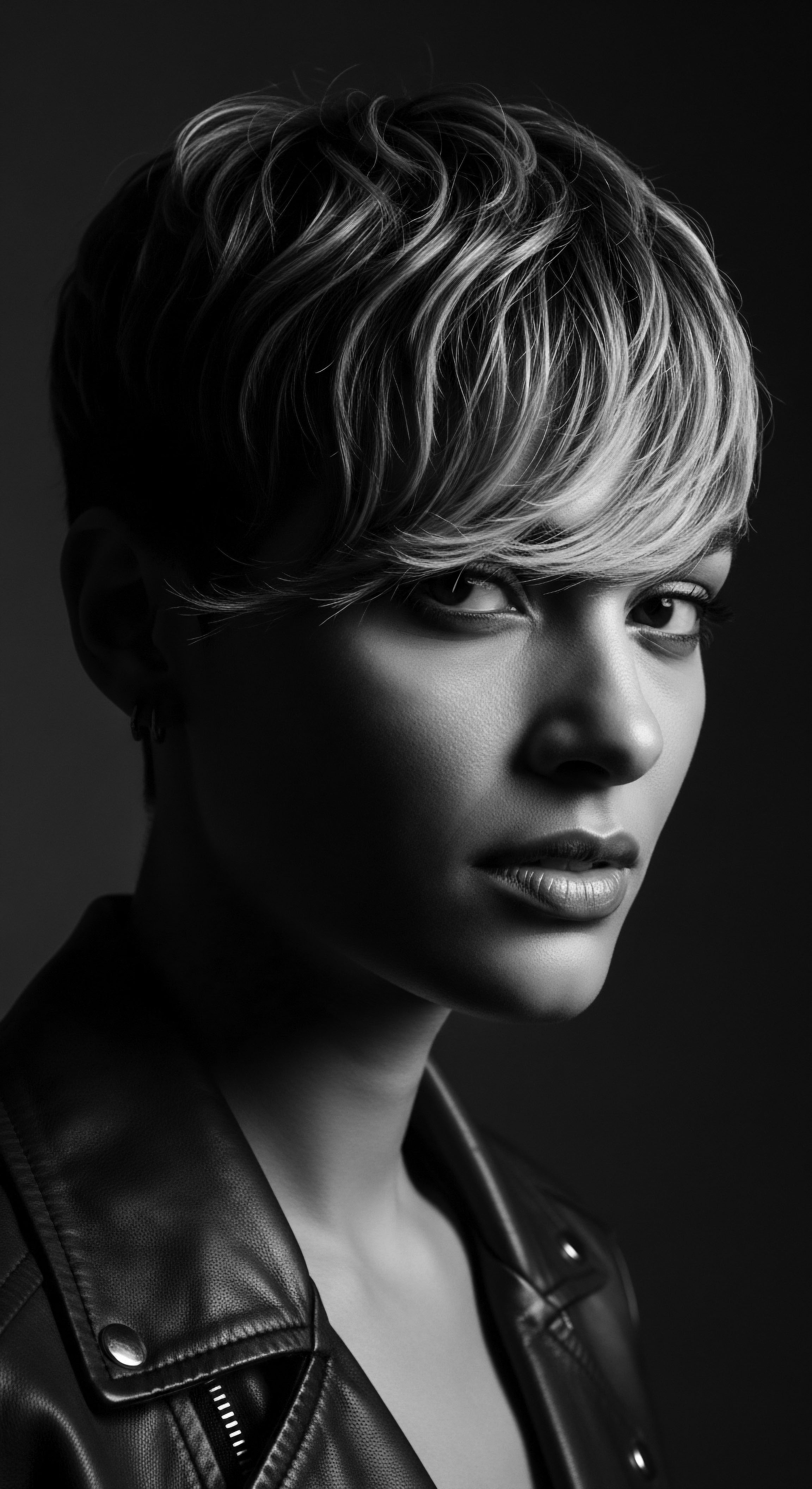
Ancestral Ingredients for Hair Wellness
The legacy of ancient hair classification, driven by purpose and observation, extended to the ingredients gathered from the earth itself. The wisdom concerning which plants, oils, and clays served hair best was a form of empirical classification, refined over centuries.
- Shea Butter ❉ A revered natural oil from West Africa, used for centuries to moisturize and maintain hair health, reflecting a deep understanding of its properties for various textures.
- Chebe Powder ❉ Sourced from Chad, this powder, applied as a paste, was believed to aid in length retention by sealing the hair cuticle, demonstrating specialized knowledge of hair structure.
- Rhassoul Clay ❉ From Morocco, this clay was used as a cleansing agent for hair and scalp, providing a gentle wash without stripping natural properties, indicating a classification of ingredients by their effects.
These ancestral formulations were not random applications; they were responses to observed hair behavior and environmental conditions. The communities understood that coiled hair might be prone to dryness in arid climates, leading to the consistent use of heavy butters and oils. This practical application of understanding, though unwritten in a formal hair typing system, constituted a potent and enduring classification that privileged the health and vitality of the hair above all else. The endurance of these methods today speaks to their validity and the deep experiential knowledge that underlay ancient distinctions.

Reflection
The journey into how ancient communities classified hair textures reveals a profound truth ❉ their understanding transcended mere physical appearance. It was a language spoken through coils, twists, and adorned strands—a language of community, belonging, and an unbroken chain of heritage. Unlike the later, often damaging, attempts at categorization that sought to divide and diminish based on perceived biological differences, older societies found ways to honor and articulate hair’s varied expressions as integral to identity.
Roothea’s ethos rests upon this very foundation ❉ recognizing the profound historical and cultural weight each strand carries. The “Soul of a Strand” is not a poetic abstraction; it is the living memory of practices passed down, of ingenious solutions born from necessity, and of the enduring beauty of textured hair across the African diaspora and beyond. This deep appreciation for ancestral wisdom allows us to approach our hair not as something to be tamed or altered to fit a narrow standard, but as a cherished part of our personal and collective stories.
The classification systems of old, though unwritten in modern scientific terms, were arguably more sophisticated in their humanity. They understood that a hairstyle could tell of marriage or mourning, of age or aspiration, of tribe or spiritual calling. They understood the practical aspects of hair’s physics through consistent engagement and perfected techniques, not sterile diagrams. This heritage encourages us to look at our hair with gratitude for its unique journey, connecting us to a timeless lineage of care, resilience, and boundless beauty.

References
- Adu-Gyamfi, K. (2022). Decolonizing African Knowledge ❉ Autoethnography and African Epistemologies. Cambridge University Press.
- Byrd, A. & Tharps, L. D. (2014). Hair Story ❉ Untangling the Roots of Black Hair in America. St. Martin’s Griffin.
- Fletcher, J. & Salamone, F. (2007). An Ancient Egyptian Wig ❉ Construction and Reconstruction. Internet Archaeology, (22).
- Loussouarn, G. et al. (2016). Shape Variability and Classification of Human Hair ❉ A Worldwide Approach. Journal of Cosmetic Science, 67(3), 125-139.
- Olson, K. (2008). Dress and the Roman Woman ❉ Self-Presentation and Society. Routledge.
- Tharps, L. D. (2001). Hair Story ❉ Untangling the Roots of Black Hair in America. St. Martin’s Press.
- Wente, E. F. (1987). Papyrus Ebers. Studies in Ancient Oriental Civilization, No. 39. University of Chicago Press.
- Wilcox, S. (2009). The Social and Ritual Contextualisation of Ancient Egyptian Hair and Hairstyles from the Protodynastic to the End of the Old Kingdom. UCL Discovery.
- Zaid, R. (2021). Five Beauty Secrets of the Ancient Egyptians. Preneur World Magazine.
